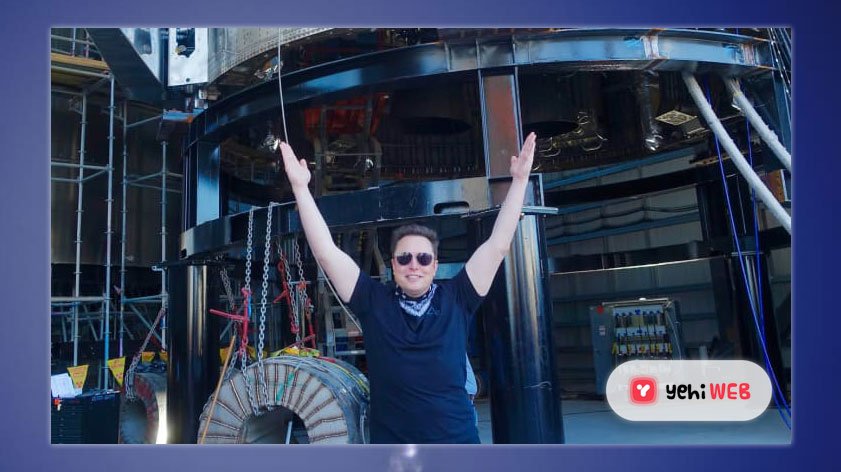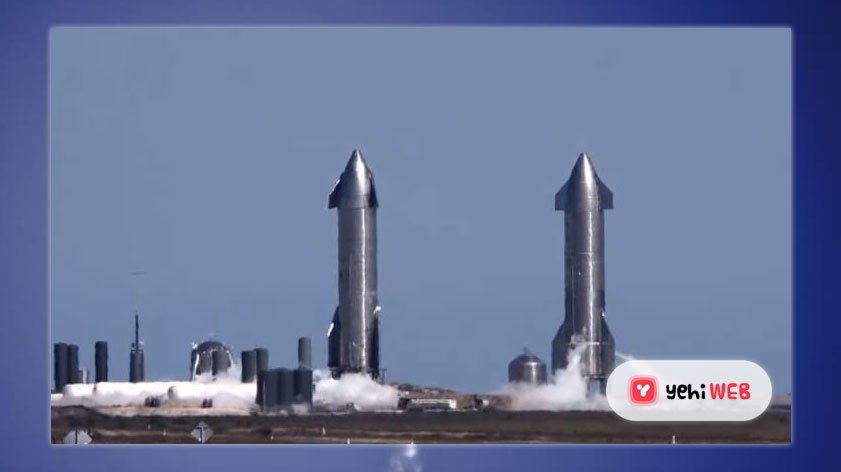Elon Musk’s SpaceX has gained more capital by $74 billion last week, and high stock demand suggests many investors expect that the two aggressive ventures the firm is carrying will boost the assessment.
The value of the company soared 60% from its previous raise of capital just six months earlier. And SpaceX’s latest funding round has seen the firm get $6 billion in investor offers within just three days, with $850 million approved.
As Quilty Analytics founder Chris Quilty explained, investor demand arises from his Starship and Starlink ventures, identifying them as ‘two Manhattan projects running parallel.’ Quilty is the owner of a boutique research and investment business focusing on the satellite communications market, which he set up after leading 20 years of the space industry coverage of Raymond James.
Carissa Christensen, the CEO, Bryce Space and Technology, said: “This value is based on a view of what SpaceX will be able to do in the future. “Their value is high given the trillions of dollars on the market launch – not tens or hundreds of trillions – so you have to look at Starlink as well!”
Ark Invest’s analyst Sam Korus thinks it is possible that SpaceX might itself be a trillion-dollar corporation, even if investors could earn $74 billion worth of evaluations.

SpaceX CEO Elon Musk raises his arms in celebration beneath a Starship rocket prototype under construction in Boca Chica, Texas.
Steve Jurvetson on flickr
“I honestly don’t know of any company in the industry moving at SpaceX’s rate of innovation,” Korus said.
How Starship transforms the launch paradigm
The prototype of SN9 (right) and SN10 starship rockets in Boca Chica, Texas, on launch pads at the business production plant.
Jefferies analyst Greg Konrad explained: SpaceX “shooks up the global market with the low cost and unparalleled start-up rate of its Falcon 9 rockets. The reuse of the 67-fold SpaceX Falcon 9 rocket booster has been crucial to keeping costs down and to starting soon.
“New competitors, like Blue Origin, are creating this whole ecosystem of launch vehicle providers that are servicing the lower end of the market with cheaper solutions,” Konrad said.
“Some of the opportunities we can’t necessarily envision today, because space then becomes just that much more affordable on the heavy-lift side,” Konrad said.
Despite the explosive ends of its latest trips, Morgan Stanley analyst Adam Jonas echoed the company’s conviction that any Starship test represents an exciting move forward.
“Find a cooler thing than watching a rocket of that size launch and land either successfully or land unsuccessfully. It’s wild,” Jonas said. “It’s like the Apollo era ‘right stuff.’”
Christensen said that Starship also marks the deviation from the norm of creating an “in close harmony” rocket with the satellites to be deployed.
“Meaning you’re not going to develop a satellite for which there is no obvious launcher,” Christensen said. “Starship is really a significant step beyond what is easily predictable.”
While a $62 million Falcon 9 rocket is announced, SpaceX states that running costs are about $28 million per flight. But Musk believes that the complete reusability of a starship would decrease the expense of start-ups to $2 million to lower the cost of hitting a low-Earth orbit “by another magnitude or even more,” said Korus – a reduction of approximately 10 fold.

Elon Musk’s Starlink Internet Link Kit
For several years, SpaceX has gained a majority share of the US launch market, explained Christensen, with Falcon 9 taking “a larger piece of a pie already available.”
The other advantage of Starship’s enormous scale will be extending SpaceX’s rideshare capabilities if rockets hold additional primary payload satellites. Starship’s room will be adequate to allow secondary payloads to pay for the launch, said Jonas, essentially subsidizing start-up launches for Starlink’s own satellites.
“There’s also potentially the market associated with human spaceflight, which has historically been almost entirely … driven by government budgets,” Christensen said. “There’s a commercial human tourism market in space and we’re just seeing the beginnings of that.”
Why Starlink excites investors

Although the company’s management expects that Starlink would cost about $10 billion or more, considering the heavy investment expected to construct Starlink, they expect the network will produce up to $30 billion a year – or more than 10 times the annual sales of its current rocket operation. One of the main income sources in the space sector is Satellite Connectivity.
“There’s already a market established … so Starlink is seeking to enter that market,” Christensen said. “But it’s still an unproven question whether Starlink is able to succeed, even though it is a big piece of SpaceX’s valuation.”
However, the agreement among analysts is that Starlink is able to produce the profits of SpaceX’s rocket company several times. Christensen points out that telecoms worldwide are a multi-billion dollar industry, and broadband internet connectivity is on the rise. It is “more familiar to investors,” Christensen said, “there’s a degree of appeal and understandability.”
In 2021 Korus predicted that satellite internet was one of his major ideas for investors, with Starlink alone in US$10 billion annually and $40 billion annually worldwide, according to his prediction.
“That’s on a household basis and that increases even further if you’re talking about businesses and we’ve heard that governments are very hungry for Starlink’s capabilities,” Korus said.
Jefferies’ Konrad also pointed out that there is a small range of pure play-space firms for investors to sell on public markets. That, he says, has “created a higher appetite of investors for companies with a higher percentage of growth.”
The space economy is rising rapidly and is presently expected at more than 423 billion dollars, but many Wall Street businesses predict that by the end of the decade it will become over 1 billion dollars.
As a SpaceX catalyst, Jonas also highlighted the small number of investment opportunities. Jonas claims Starship and Starlink are the “capable companies to reach a certain number of markets that could be the largest total addressable market (TAM) in the world or among the world’s largest TAMs.” The Company has a competitive role in the industry.
Christensen claims, ultimately, that Musk has brought a “Silicon Valley” mentality to an industry that has been dominated by government contractors with an emphasis on defense for decades.
“Taking on multiple extraordinary ambitious projects at once is very well aligned with a company identity of transforming not just an industry, but arguably transforming the world,” Christensen said.
Saad Shafqat
Related posts
New Articles
Quick Guide to Downgrade One UI 7 Beta to Stable One UI 6 on Samsung
As Samsung enthusiasts eagerly embrace the latest features and enhancements in One UI 7 Beta, some users may find themselves…


